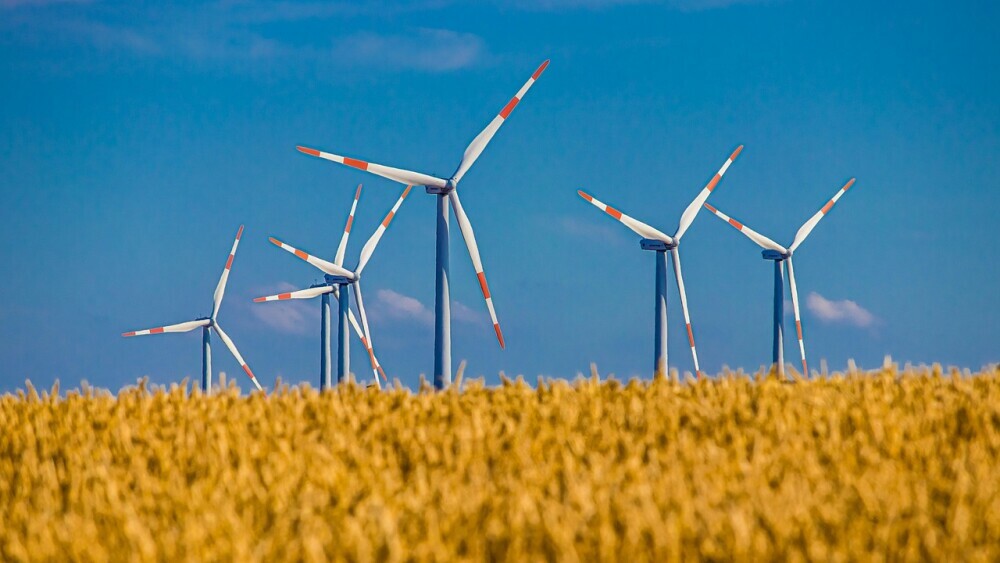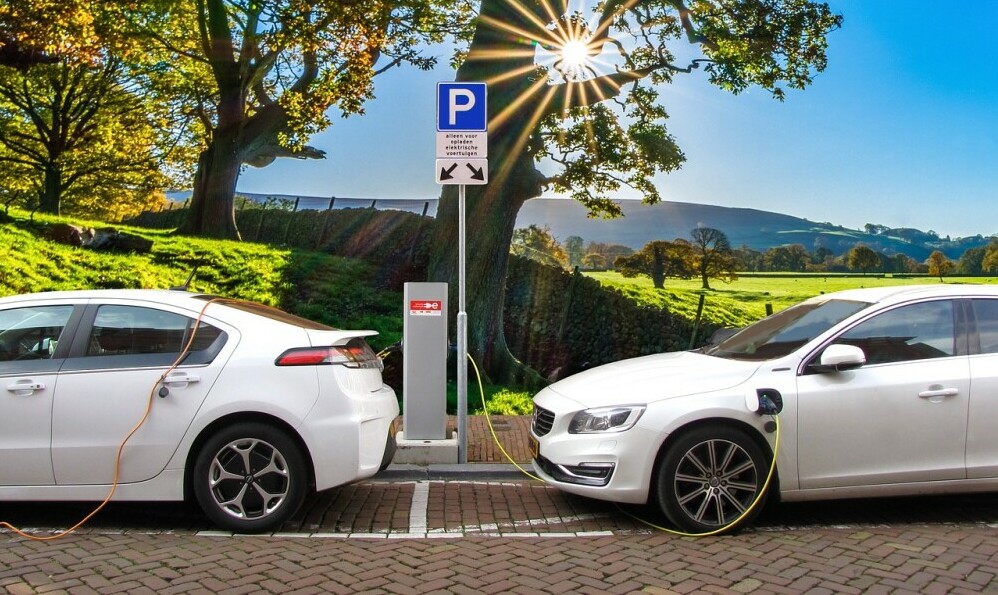I’m going to pull back the curtain on carbon credits for you. If you’re hearing about them for the first time, carbon credits might sound like financial jargon, but their role is crucial. So, what are carbon credits, and how do carbon credits work? In a nutshell, they’re permits that allow companies or countries to emit a certain amount of carbon dioxide or other greenhouse gases. The idea is that if you’re going to contribute to the planet’s carbon footprint, you must offset your emissions elsewhere.

Now what is this offsetting all about? It’s a balancing act. One carbon credit usually represents the right to emit one metric ton of carbon dioxide. So, if a business is exceeding its carbon quota, it needs to invest in environmental projects that reduce emissions by an equivalent amount. These projects range from planting trees that absorb CO2, to investing in renewable energy sources, like wind or solar power.
This isn’t just about letting businesses off the hook. Carbon credits are designed to drive corporate responsibility and encourage sustainable practices. They are divided into two categories: voluntary and mandatory markets. Voluntary markets are those in which companies choose to offset their emissions without any legal obligation. On the other hand, mandatory markets are often a result of environmental regulations, where companies are required by law to acquire and surrender carbon credits to cover their emissions.
You’re going to find out that the trade of carbon credits gave birth to a whole new marketplace. And soon, I’ll tell you about one of the pivotal moments in environmental policy that spurred the growth of this market—the Kyoto Protocol. How did this international agreement shape the carbon credits we know today? Let’s take a look at the history and find out.
The concept of carbon credits didn’t just emerge out of thin air. You’re going to find out about its origins which are deeply rooted in the history of environmental economics. It all began as a theoretical concept to address global warming through market-based mechanisms. Over the years, this concept has morphed into a complex system integrated into world economies.
Now what is a big publisher in the story of carbon credits? It’s the idea of cap-and-trade, which arose from the need to control acid rain in the United States in the 1990s. This system laid the groundwork for carbon markets, where carbon credits emerged as a unit of trade to help control CO2 emissions. Pretty wild, right?
Navigating the Carbon Marketplace: How Carbon Credits Work on Trading Platforms
Carbon credits trading platforms are essentially the stock markets of the environmental world. They’re where buyers and sellers come together to trade carbon credits in an effort to offset their emissions or comply with regulatory requirements.
When you’re thinking about how trading platforms work, picture a digital marketplace. You’ve got an array of different credits up for grabs, each representing a metric ton of carbon dioxide emissions that have been prevented or removed from the atmosphere.
Let’s break down the process. Sellers, typically companies or projects that reduce greenhouse gases, earn credits. Then, they list these credits on a trading platform. Buyers, often businesses needing to balance out their carbon footprint, browse the platform for credits that meet their specific needs or align with their sustainability goals.
As with any marketplace, prices can fluctuate. They’re influenced by factors such as supply and demand, regulatory changes, and the quality of the carbon-reducing project. Some credits might come from renewable energy projects, reforestation efforts, or even methane capture from landfills.
If you want to buy carbon credits yourself, you can either join a trading platform or work directly with a broker. It’s important to conduct thorough research and consider the reputability and certification of the credits you’re purchasing. One quick way to answer the question ‘Do carbon credits work? would be to monitor the increasing volume of financial transactions and price changes on these trading platforms!
Assessing the Impact: Have Carbon Credits Reduced Emissions?
When tackling the global challenge of climate change, measuring progress is crucial. That’s where the question, ‘Have carbon credits actually reduced emissions?’ comes into play. Do carbon credits work? In my opinion, the answer isn’t a straightforward yes or no – it’s a bit more complex.
On the upside, various case studies have indicated that carbon credits are indeed making a dent in emissions. Projects like reforestation, renewable energy, and energy efficiency improvements have tangible results. Companies engaging in these projects and canceling the credits to offset their emissions contribute to overall reductions.
However, it’s not all a bed of roses. There are criticisms concerning the effectiveness and integrity of carbon credits. Some argue that carbon credits merely allow big polluters to buy their way out of real change, rather than reducing their carbon footprint at the source. Verification of actual emission reductions and ensuring that credited projects would not have occurred regardless (a concept known as ‘additionality’) is challenging.
Moreover, the system has faced issues such as double-counting and projects that don’t live up to their promises. So, while carbon credits do have potential, extensive improvement in transparency and oversight is necessary to truly harness this tool for significant environmental benefits.
Now, what’s the future outlook? With ongoing refinements to systems and standards, the efficacy of carbon credits should, in theory, improve over time. The increasing interest in sustainable investments and corporate responsibility is also a positive sign. Though not all past efforts have yielded perfect results, learning from these experiences can pave the way for more robust, enforceable programs that more effectively fight against climate change.
As we consider these insights, it’s natural to transition toward exploring the economic opportunities carbon credits present, particularly for landowners. Coming up next, I’m going to show you how engaging in the carbon credits market can potentially turn green lands into gold fortunes.
Turning Green into Gold: Do Carbon Credits Work as Revenue for Landowners
You’re probably thinking about how all of this carbon credit talk affects landowners. Well, it’s actually pretty straightforward. Do carbon credits work and add value to landowners? Carbon credits can provide a new revenue stream for those who have land with the potential to store carbon. That’s talking about forests, wetlands, and other types of natural habitats.
If you want to tap into this green goldmine, the process begins with getting your land certified. This involves having it assessed by professionals to determine how much carbon it can sequester. Afterward, these carbon offsets can be sold on trading platforms, which I discussed earlier.
Let’s not forget that when you turn your land into a haven for carbon storage, you’re not just making money; you’re also contributing to a healthier planet. It’s a dual benefit that shouldn’t be overlooked.

There have been landowners who’ve seen substantial financial returns for their environmental stewardship. It isn’t a get-rich-quick scheme, but with patience and the right management, there’s a lot of opportunity in carbon credit markets for landowners.
How Do Carbon Credits Work in Enhancing Your Nest Egg Investment Strategies
- Investing in businesses or industries that support carbon removal and environmental sustainability is not only financially prudent but also contributes to a healthier planet. Here are some of the most popular sectors for environmentally conscious investors today:
- Renewable Energy: Companies involved in solar, wind, hydro, and other forms of renewable energy are at the forefront of combating climate change. By investing in these firms, you’re supporting the transition away from fossil fuels and towards cleaner, more sustainable energy sources.
- Carbon Capture and Storage (CCS): CCS technologies aim to capture carbon dioxide emissions from industrial processes and power plants, preventing them from entering the atmosphere. Investing in CCS companies can accelerate the development and deployment of these crucial technologies, which are essential for achieving net-zero emissions.
- Reforestation and Afforestation: Do carbon credits work within the Forestry Industry? My opinion is a resounding YES. Forests play a vital role in carbon sequestration, absorbing CO2 from the atmosphere and storing it in biomass and soil. Investing in companies involved in reforestation and afforestation efforts helps restore ecosystems, mitigate climate change, and protect biodiversity.
- Sustainable Agriculture: Agriculture accounts for a significant portion of global greenhouse gas emissions. Investing in companies that promote sustainable farming practices, such as regenerative agriculture and organic farming, can help reduce emissions, improve soil health, and promote food security.
- Clean Transportation: Again, can it be asked within the auto industry, do carbon credits work in their decision-making and enhancements they have made with nonfossil fueled vehicles? The transportation sector is a major contributor to carbon emissions. Investing in companies developing electric vehicles, sustainable aviation fuels, public transportation infrastructure, and other clean transportation solutions can help decarbonize this critical sector.
To wrap things up, while carbon credits are not without their controversies and complexities, they do offer a practical solution for businesses and individuals to offset their carbon footprint. And beyond that, for landowners, carbon credits represent a promising venture—one where doing good for the planet aligns with fiscal gain, ensuring that eco-friendly practices can be sustainable in more ways than one.


Controlling and limiting the amount of carbon that a company or brand can emit, is a great way of helping the environment. Offsetting your carbon emissions is essential if we want to help our planet. As a bit of an eco warrior, I have seen many brands that plant trees and are involved in projects to reduce their impact on the environment.
But they also need to be held accountable. Having a carbons credit trading platform could be a great way of balancing carbon and greenhouse gases. Carbon credits could be a good incentive for landowners to play a role in sustainability and reducing our carbon footprint.
Thank you for sharing this valuable resource.
Thanks Line, essentially I agree with you, the sooner online trading platforms move this type of trade to a heightened level the better for our planet and the chances of improving our environment.
Hi,
I just went through your article about carbon credits, and I found it informative and captivating. My experiences with carbon credits align with the points discussed in the article. I have witnessed firsthand how carbon credits can encourage companies to reduce emissions or invest in renewable energy projects. The carbon marketplace is fascinating and operates similarly to the stock market, where credits are traded. Although the carbon credit system is imperfect and faces challenges such as ensuring the credibility of carbon-reducing projects, it is a positive step forward. However, it is crucial to continue refining and strengthening oversight to maximize the impact of carbon credits on reducing global emissions. With this article, you have made a remarkably great effort to simplify the ideas and present them in straightforward sections, which ensures that everyone can understand the importance of carbon credits in our efforts to combat climate change. This is a good piece. Keep up.
Thank you, Sara! Your insights truly resonate. It’s heartening to see how carbon credits drive positive change. Continuous improvement is key to their effectiveness in tackling climate change., with regards John-Tanzpals